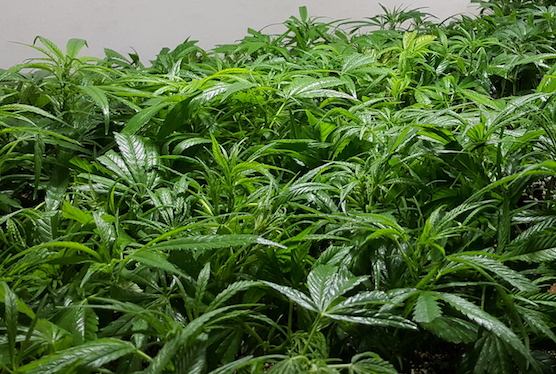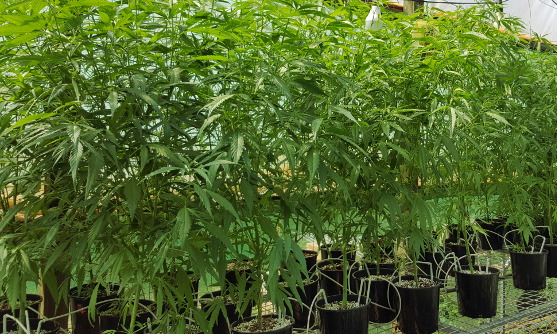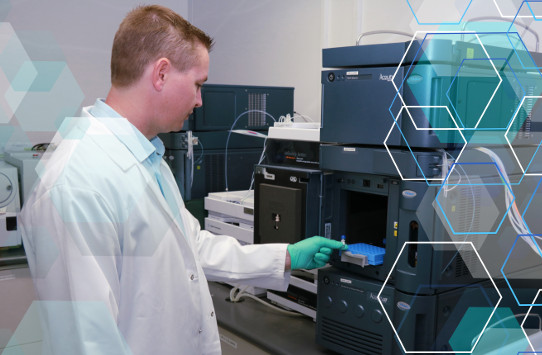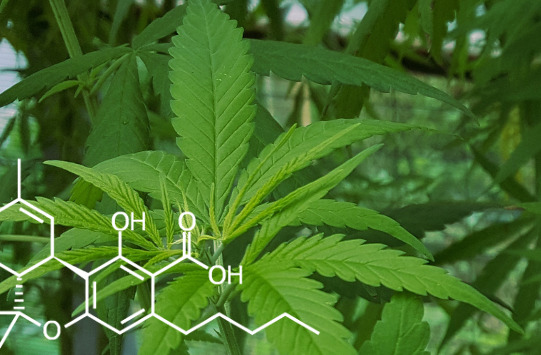History of Medicinal Cannabis ¹
Cannabis was first used in China around 6,000 years ago and is one of the oldest psychotropic drugs known to man. There are several species of cannabis, the most common are Cannabis sativa, Cannabis indica and Cannabis ruderalis. The two main products that are derived from cannabis are, hashish – the thick resin of the plant, and marijuana – the dried flowers and leaves of the plant. Cannabis contains over 460 chemicals and 60 cannabinoids (chemicals that activate cannabinoid receptors in the body). The major psychotropic constituent of cannabis is known as delta-9-tetrahydrocanabinol (THC); others include cannabinol and cannabidiol (CBD).
Cannabis offers exciting possibilities for patients afflicted by cancer, HIV/AIDS, MS, chronic pain and other debilitating conditions. Although medicinal cannabis programs face several obstacles, the benefits offered by medicinal cannabis and the positive impact this drug could have on the lives of thousands of patients and their families make a strong case for its consideration. The potential drawbacks can be minimised or even overcome through a number of measures, such as the close medical supervision of patients and the creation of laws and policies that are not only supportive of medicinal cannabis patients but will also, minimise the risk the drug poses to the public (e.g., strict penalties for medicinal cannabis diversion).
1 Hamish R Smith, ‘Legalising medical cannabis in Australia’, Australian Medical School Journal



Usage of Medicinal Cannabis
There are two main forms of cannabis that can be used medically:
Medical Grade Product presented as medication
This form of delivery is not as common, yet there are several products available. They are either extracts which are preparations which isolate pure THC and CBD from the cannabis plant, or synthetic THC.
Herbal Cannabis
This is the most common use of cannabis. For medical grade herbal cannabis, the cultivation is standardised to produce stable levels of cannabinoids and the product is free from harmful adulterants.
Therapeutic Health Benefits

Cannabis plant grown at THC facilities in Queensland
The benefit of Medicinal Cannnabis and the use is growing rapidly, as more people become aware of the therapeutic health benefits of Medicinal Cannabis.
Endoca Hemp Oil and Raw Hemp Oil Drops are cannabinoid (CBD) – the non-psychotropic cannabinoid of cannabis, and THC free
How CBD is absorbed in the body
The endocannabinoid system (ECS) is a lipid-derived signalling system with a vast network receptors (CB1 and CB2) through-out the brain, central nervous and immune system, which act like locks on the surface of cells, waiting to be opened by cannabis-like chemicals called ‘endocannabinoids’ – endo meaning ‘within’ the body.
The work of the endocannabinoid system is all encompassing and includes the regulation of all our biological functions such as sleep, appetite, mood, reproduction, memory, immunity, and cell growth.
Unfortunately, through the stresses and strains of modern living, the Endocannabinoid System can itself become depleted, meaning it cannot effectively carry out its role of bringing homeostasis or balance to the body.
The effects of CBD will vary from person to person, so there is no hard and fast rules for dosing CDB, apart from taking it on an empty stomach for maximum absorption
Over the past years, there has been a number of Australians have expressed interest in the use of cannabis and CBD products for medicinal purposes.
There have been a limited number of well-designed clinical studies on medicinal cannabis making it difficult for some healthcare professionals to find quality evidence to support decisions to prescribe medicinal cannabis.
The Australian Commonwealth Department of Health, in conjunction with state and territory governments, has coordinated the development of an overview and new clinical guidance documents for treating:
- chemotherapy-induced nausea and vomiting,
- epilepsy,
- multiple sclerosis,
- chronic non-cancer pain and
- palliative care.
